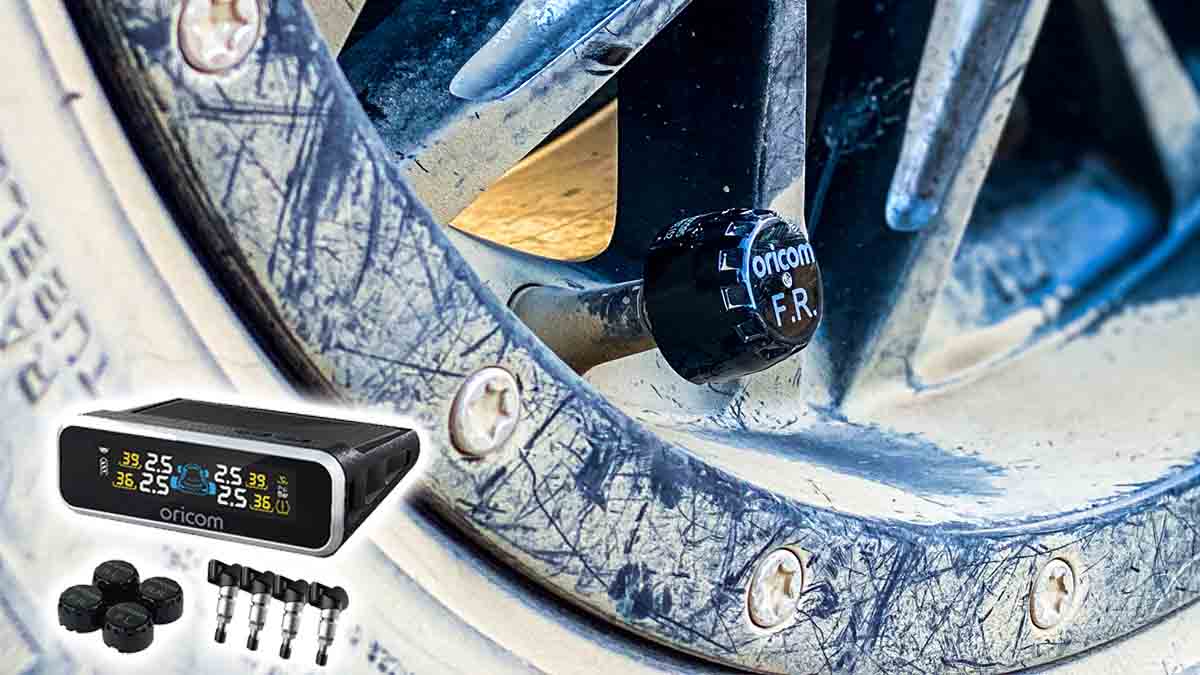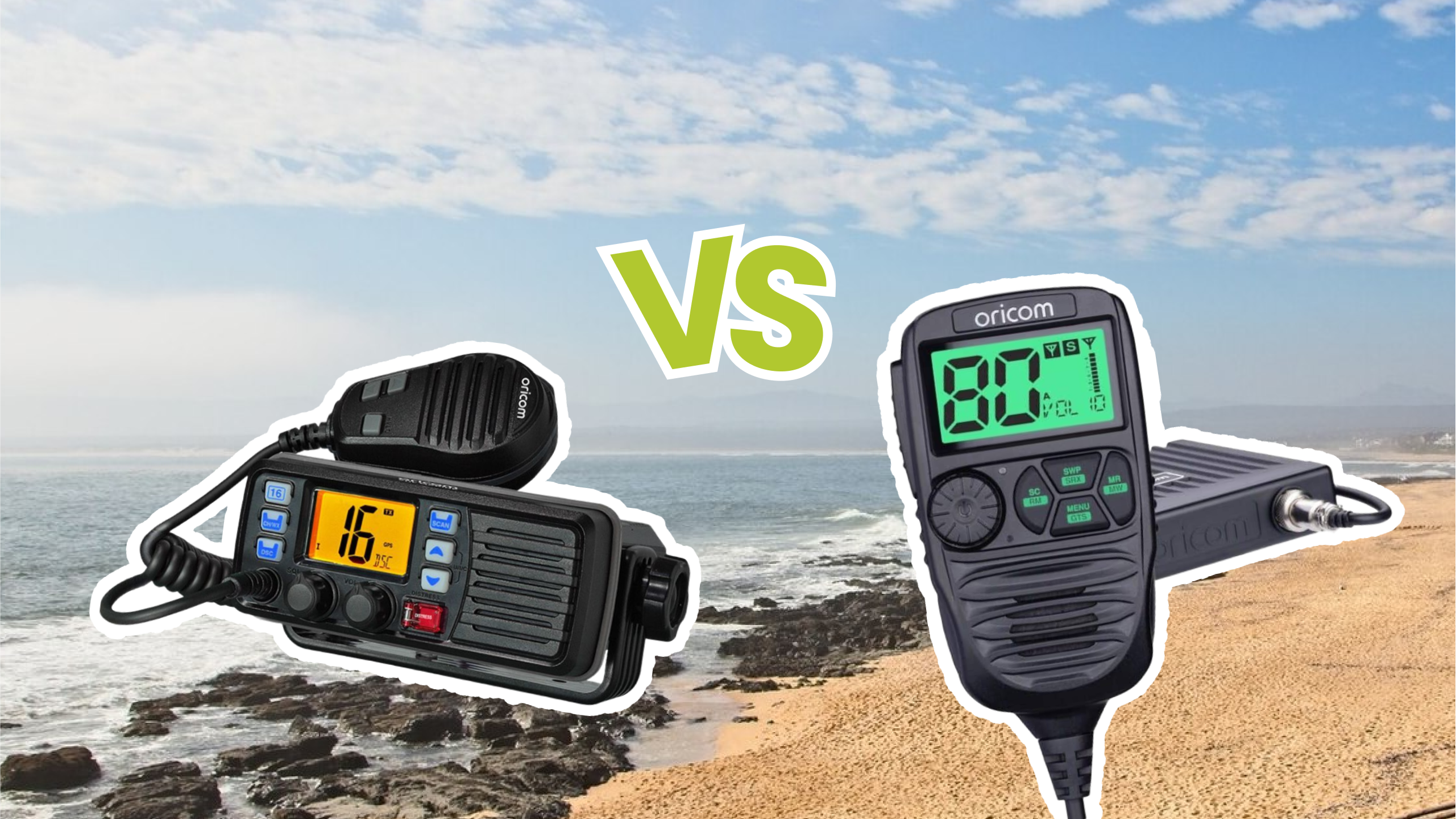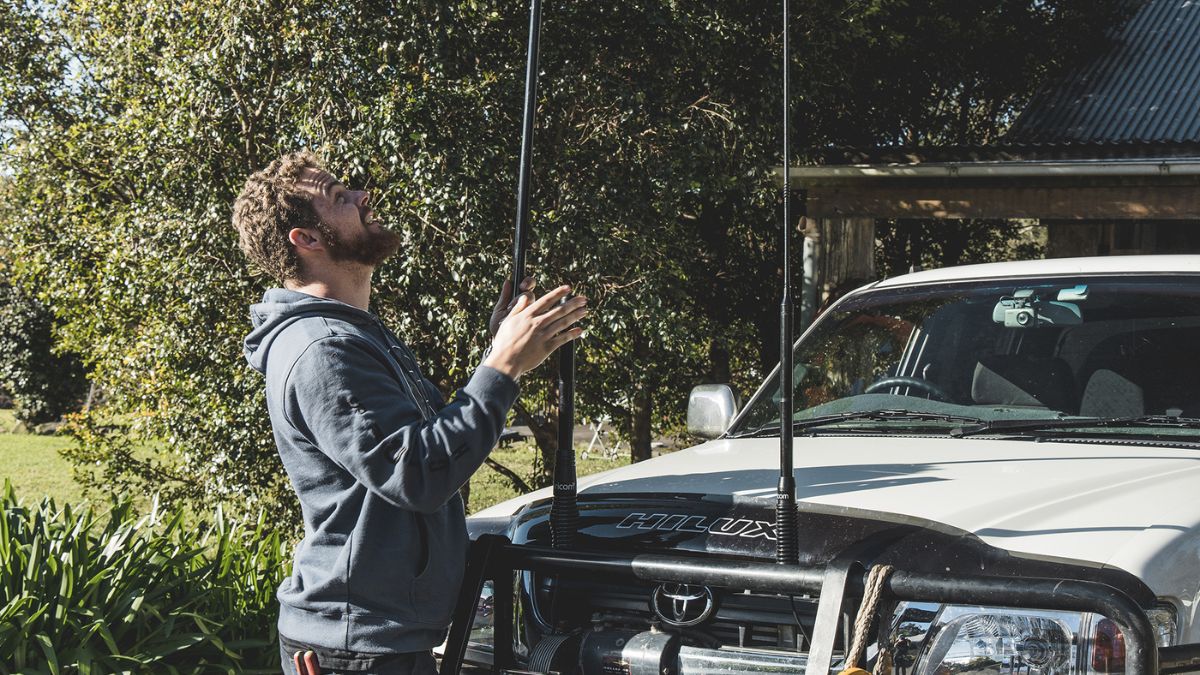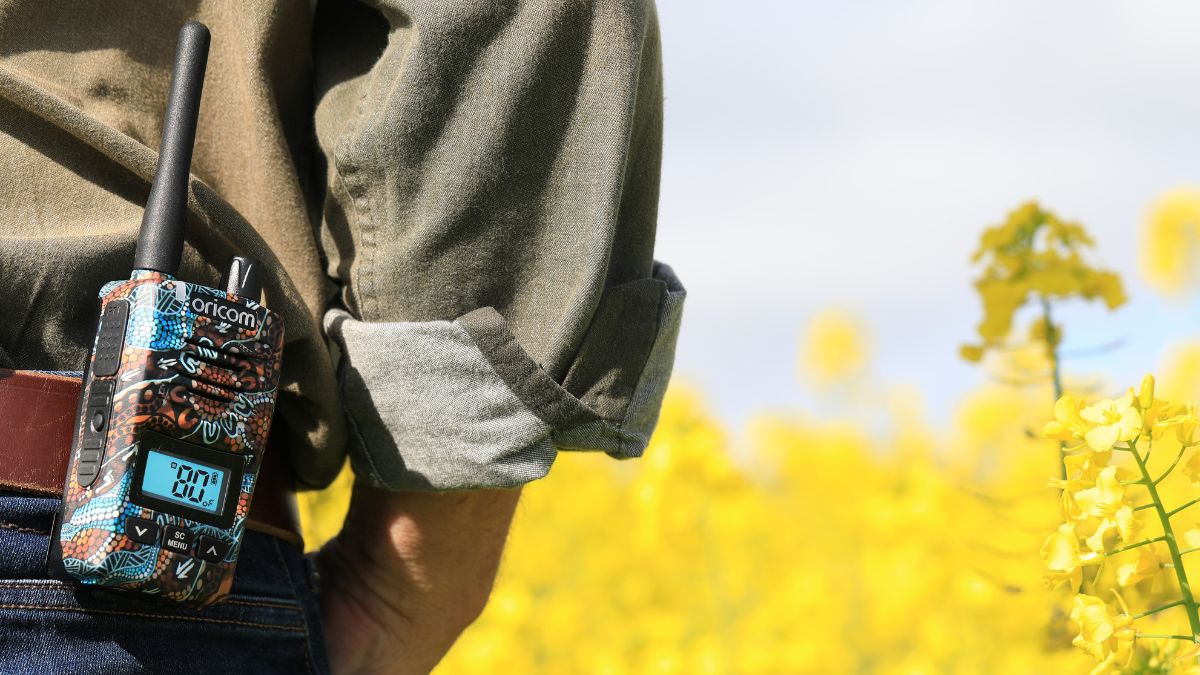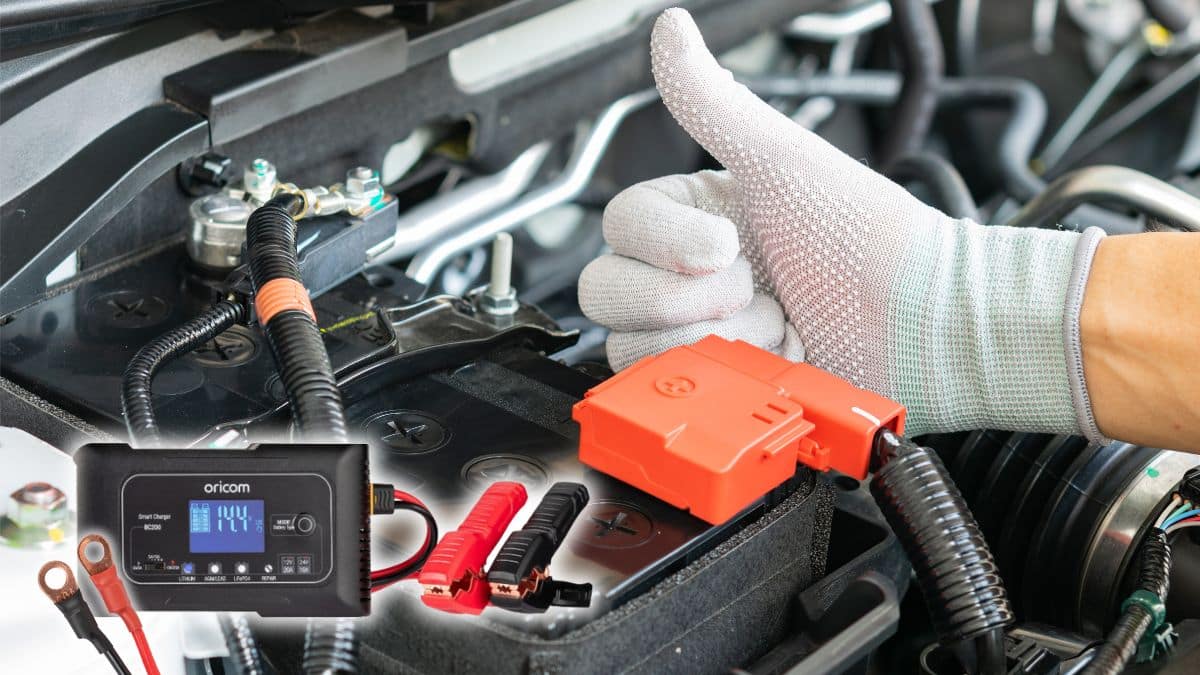In 2021, new vehicles are typically equipped with Tyre Pressure Monitoring Systems (TPMS), a product designed to alert drivers in the event of an underinflated tyre, or to provide real time feedback of the pressure of all tyres with a sensor installed. With so many of these devices available as aftermarket accessories in Australia, we decided we would piece together everything you need to know about the benefits of installing a TPMS and why you must do it today!
Importantly, TPMS in Australia are being used increasingly as safety devices, and with more people jumping in the fourby to head around Australia and tap into the amazing playground we all call home, accurately reviewing a vehicles tyre pressure in an instant, minimises the risk of tyre failure leading to disaster, while at the same time, positively affecting the handling of the vehicle. Ensuring the tyre’s are optimally inflated will also positively affect the fuel economy of a vehicle.
There are two primary types of tyre pressure monitoring systems in Australia, Internal sensors and External sensors. At Oricom, we offer a model in each style offering: Both use the same solar powered colour LCD control unit display, and both packs have been designed for vehicles with 4 tyres. The LCD control unit can connect up to 4 sensors.
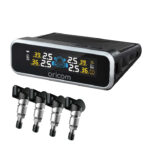
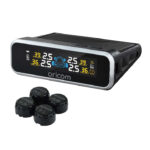 The TPS9 includes sensors that are installed directly on the external tyre inflation valve stem. A tool is provided in the pack to securely fasten the external sensors.
The TPS9 includes sensors that are installed directly on the external tyre inflation valve stem. A tool is provided in the pack to securely fasten the external sensors.
The TPS9I Internal unit includes sensors that are installed inside the tyre itself, in replacement of the existing valve stem.
How does a Tyre Pressure Monitoring System work?
When it comes to vehicle or caravan/trailer maintenance, tyres are often neglected and overlooked. Tyres however, are extremely important to ensure the safety of you and your passengers while travelling.
Either install internally or externally on your car, 4×4, caravan or trailer tyres. The monitor has a colour LCD screen, which displays your tyre pressure and includes a visual/audio alarm to alert you of the following:
- Air Leakage Warning
- Abnormal Pressure Warning
- Low/High Tyre Temperature Warning
A Tyre Pressure Monitoring System (TPMS) exists to constantly measure the pressure of four tyres and provide the feedback to the control unit live. Because of this, you can accurately know if your tyres are under or overinflated without having to manually check, allowing you to take action and return the air in your tyres to the appropriate level, keeping your tyres healthy.
An external TPMS means that it uses physical pressure sensors attached to your wheels to directly monitor your tyre pressure. These pressure sensors transmit their readings to the monitor on your dashboard, and that monitor alerts you when your tyre pressure is off. Similarly, Internal units work in the same way, but they are located inside the tyre wall and transmit from inside.
The primary benefits of TPMS are listed as below:
- Extend the life of your tyres
Under-inflated tyres wear faster than correctly inflated tyres. For example, tyres which are 30% under-inflated will wear up to 45% faster.
- Reduce Driving Risk
Under-inflated tyres contribute to accidents by reducing vehicle handling, increasing braking distance and increasing the likelihood of blowouts.
- Improve Fuel Efficiency
Save money on your fuel bill by correctly inflating and monitoring your tyres. A 9% drop in tyre pressure increases fuel consumption by around 5%.
(Source: https://safetydave.com.au/product/tyre-pressure-monitoring-system/)
Control Panel Overview:
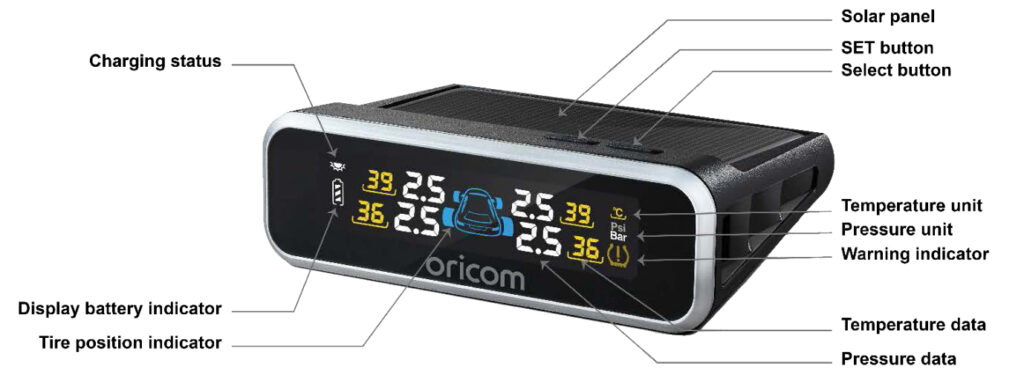
Written by Tim Farrell



 Baby Care
Baby Care Senior Care
Senior Care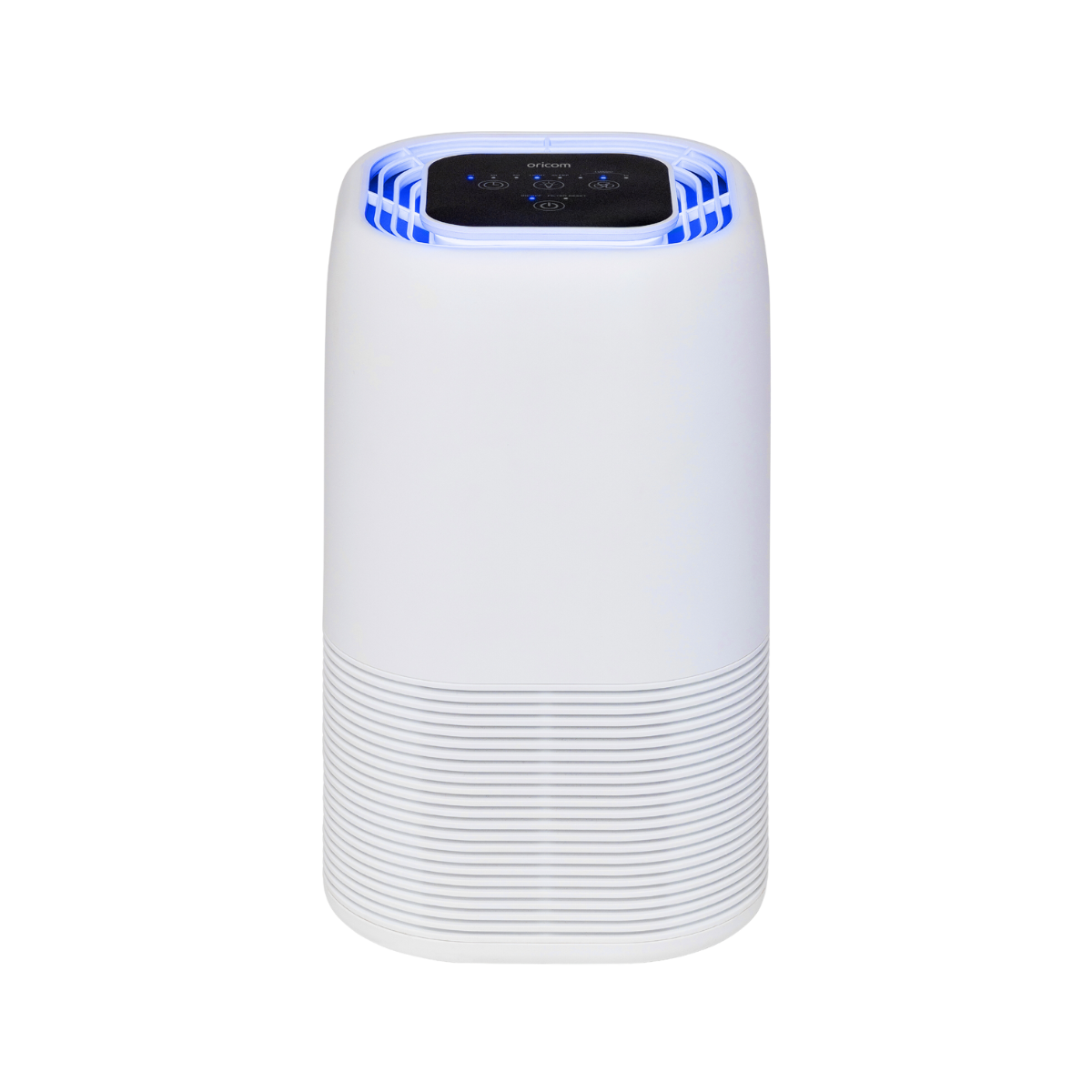 Air Purifiers
Air Purifiers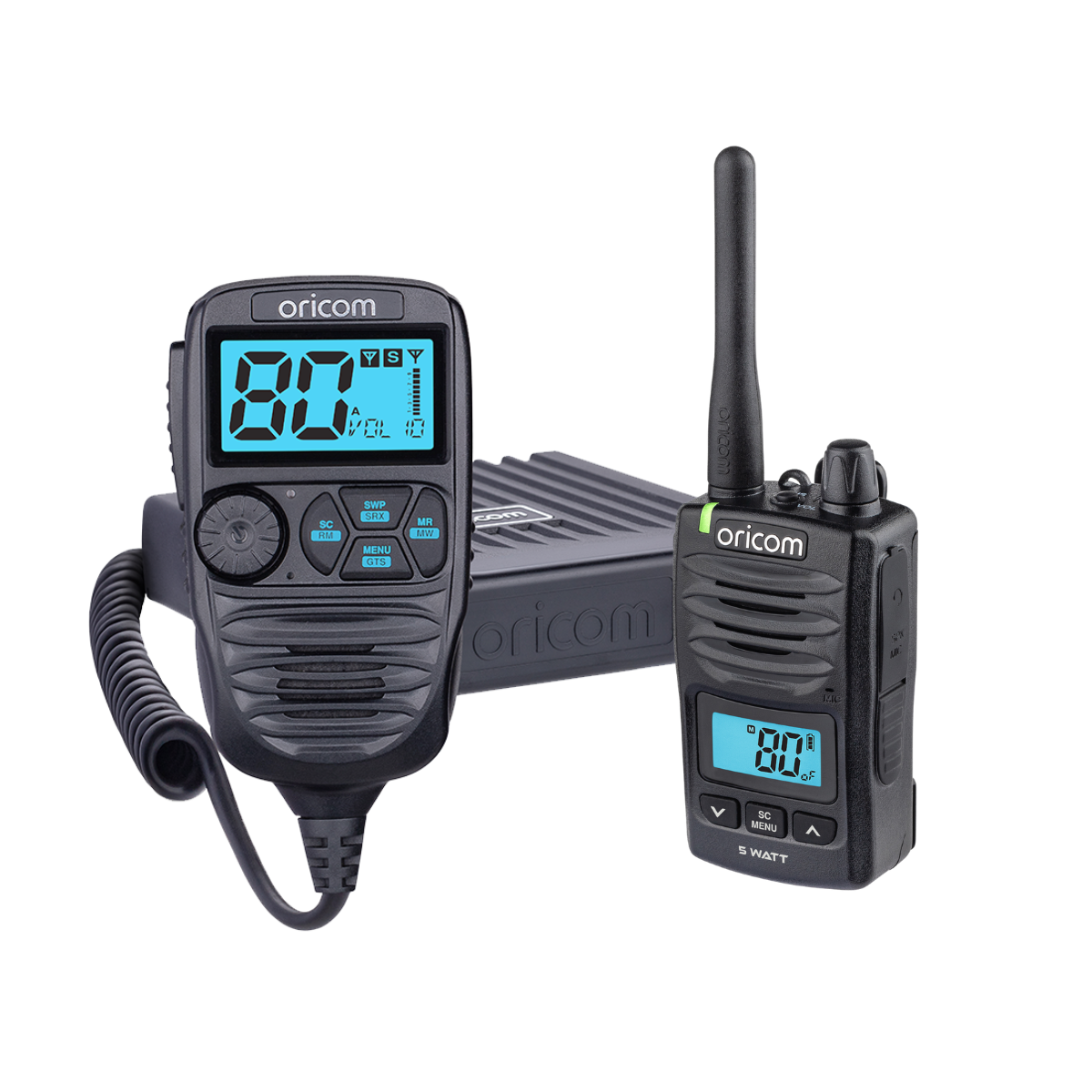 UHF CB Radios
UHF CB Radios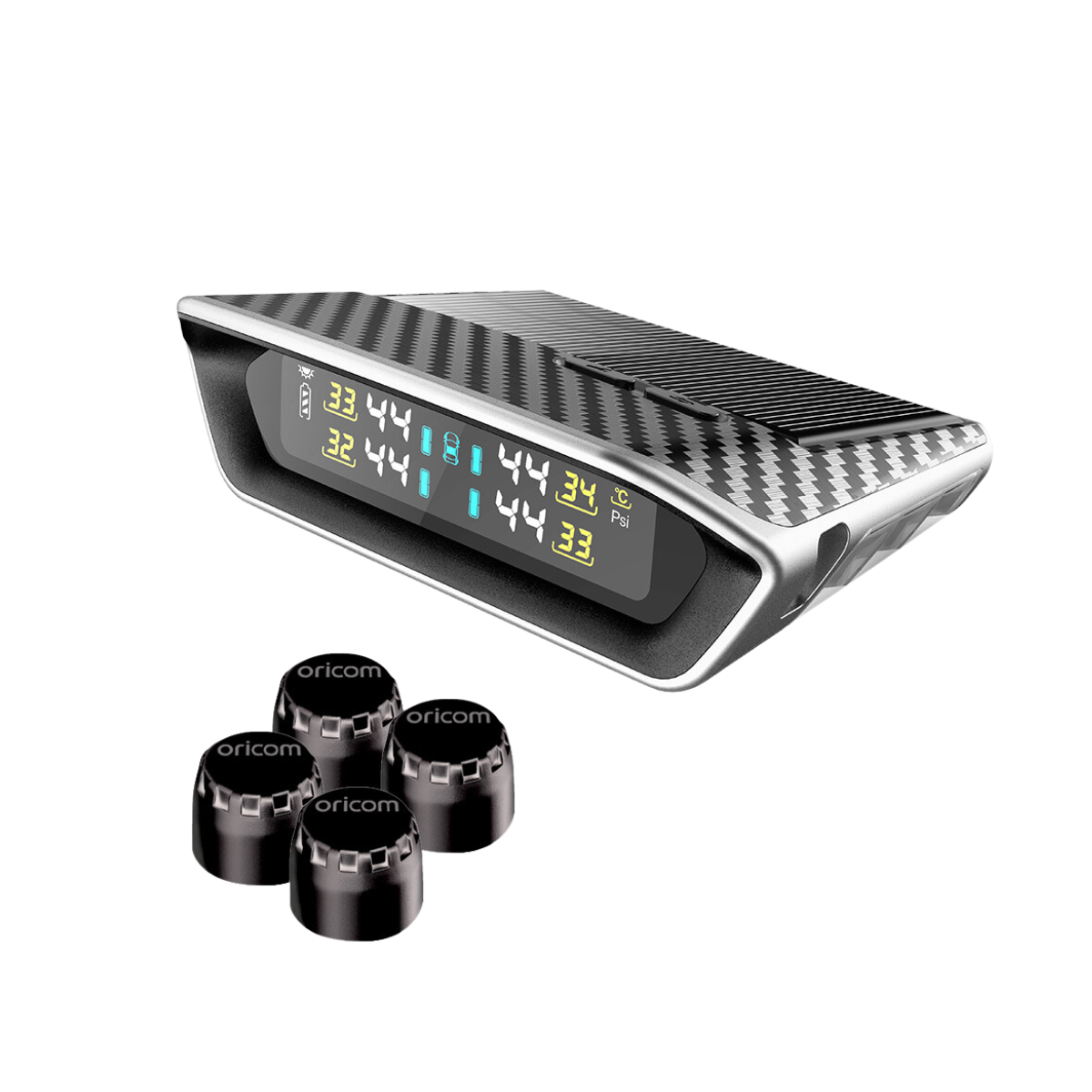 Tyre Pressure Monitors
Tyre Pressure Monitors Automotive Products
Automotive Products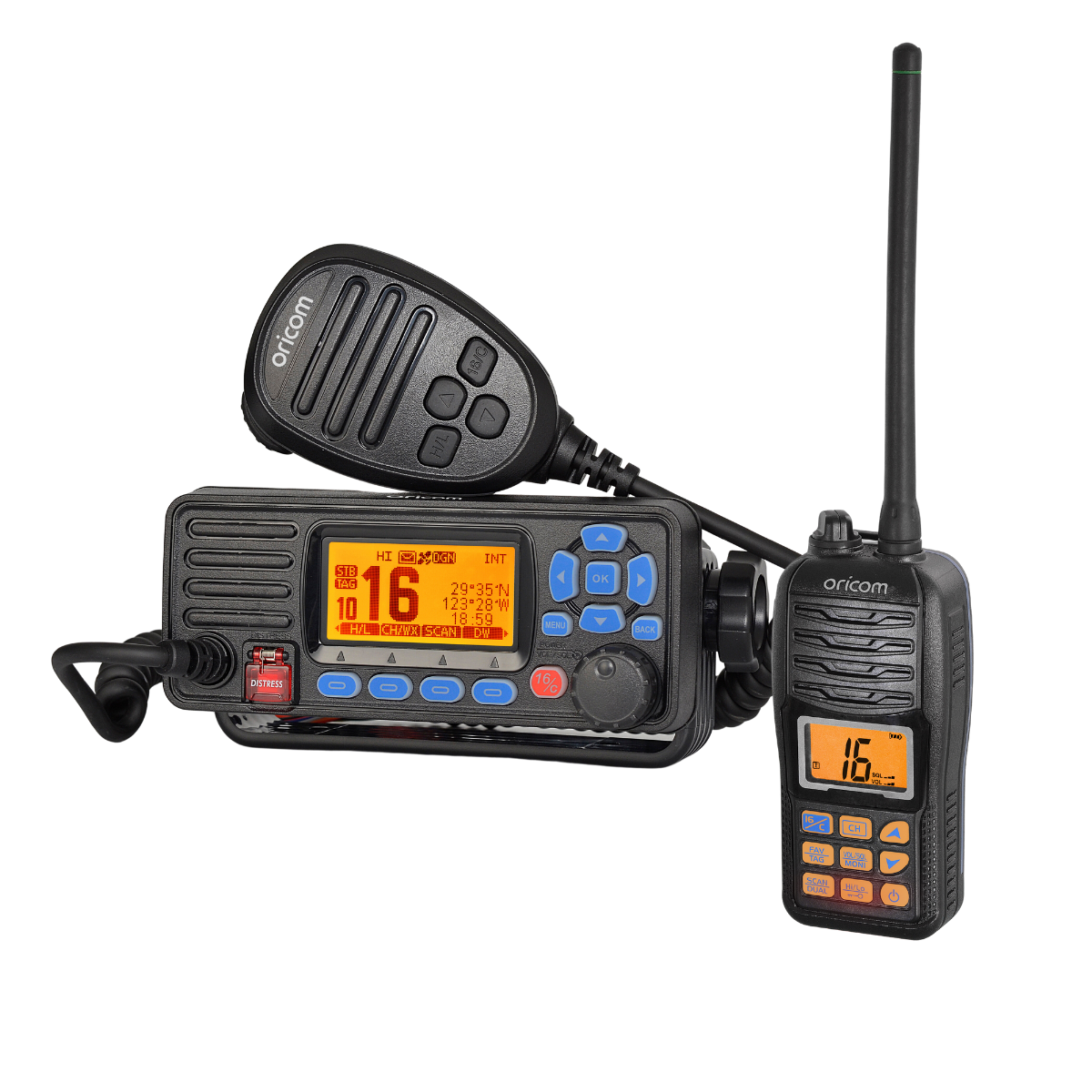 Marine VHF Radios
Marine VHF Radios